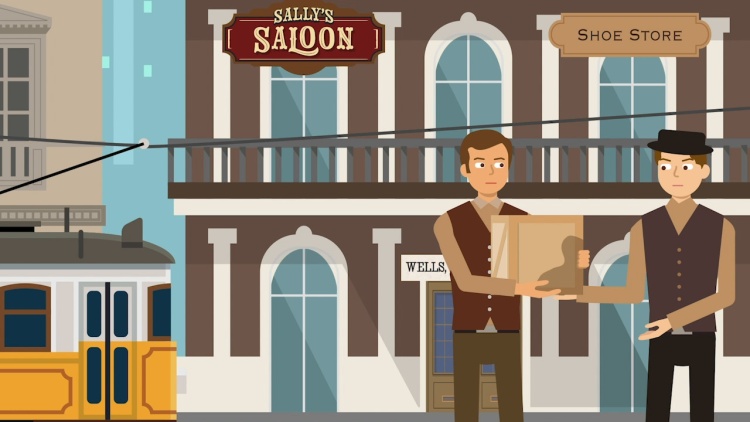Parrot v. Wells, Fargo & Co. (The Nitro-Glycerine Case)
United States Supreme Court
82 U.S. 524, 21 L. Ed. 206, 15 Wall. 524 (1872)
- Written by Jamie Milne, JD
Facts
An individual paid Wells, Fargo & Company (Wells Fargo) (defendant) to ship a crate full of nitroglycerine from New York to San Francisco. The individual did not provide notice of the crate’s contents, and the crate itself did not raise any suspicions that the package was dangerous. Consequently, neither Wells Fargo nor its employees knew of the crate’s contents or the risk they posed. Moreover, little was known about the properties of nitroglycerine at the time. When the crate arrived in San Francisco, it was leaking. The crate was therefore taken to the local Wells Fargo office for inspection, as was company policy. The Wells Fargo office was leased space in a building owned by Parrot (plaintiff). Other tenants leased the remainder of the building. As a representative of the shipping company opened the crate with a mallet and chisel, the contents exploded, killing everyone present and causing extensive damage to Parrot’s building. Wells Fargo accepted financial responsibility for the damage caused to its own leased space but not for the damage caused to the rest of the building. Parrot sued Wells Fargo, arguing that Wells Fargo negligently failed to investigate and ascertain the contents of the crate before bringing the crate into the space and was thus liable for the entirety of the building damage. The district court held that Wells Fargo was not negligent and therefore not liable for damage beyond that to its own leased space. Parrot appealed.
Rule of Law
Issue
Holding and Reasoning (Field, J.)
What to do next…
Here's why 899,000 law students have relied on our case briefs:
- Written by law professors and practitioners, not other law students. 47,000 briefs, keyed to 994 casebooks. Top-notch customer support.
- The right amount of information, includes the facts, issues, rule of law, holding and reasoning, and any concurrences and dissents.
- Access in your classes, works on your mobile and tablet. Massive library of related video lessons and high quality multiple-choice questions.
- Easy to use, uniform format for every case brief. Written in plain English, not in legalese. Our briefs summarize and simplify; they don’t just repeat the court’s language.






